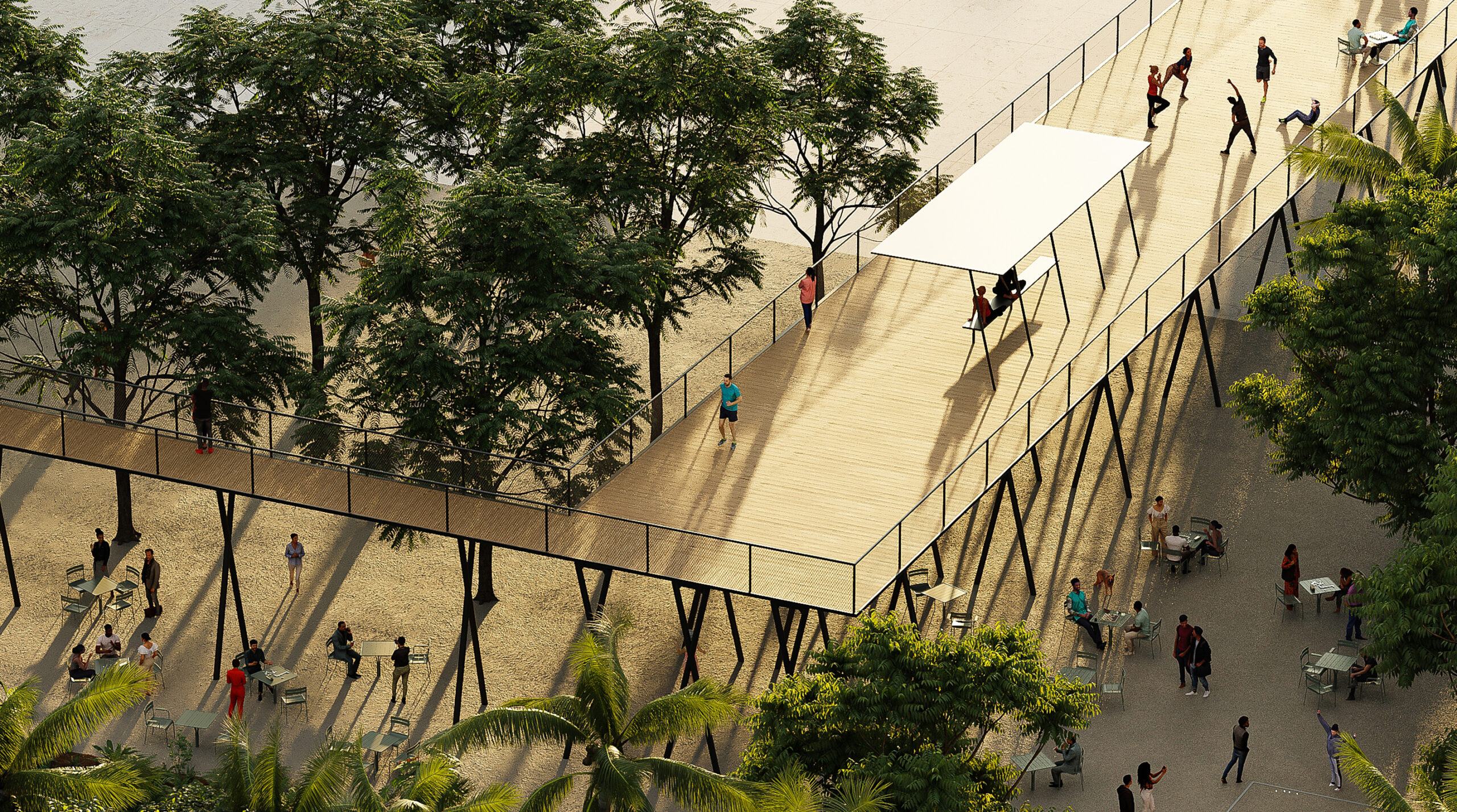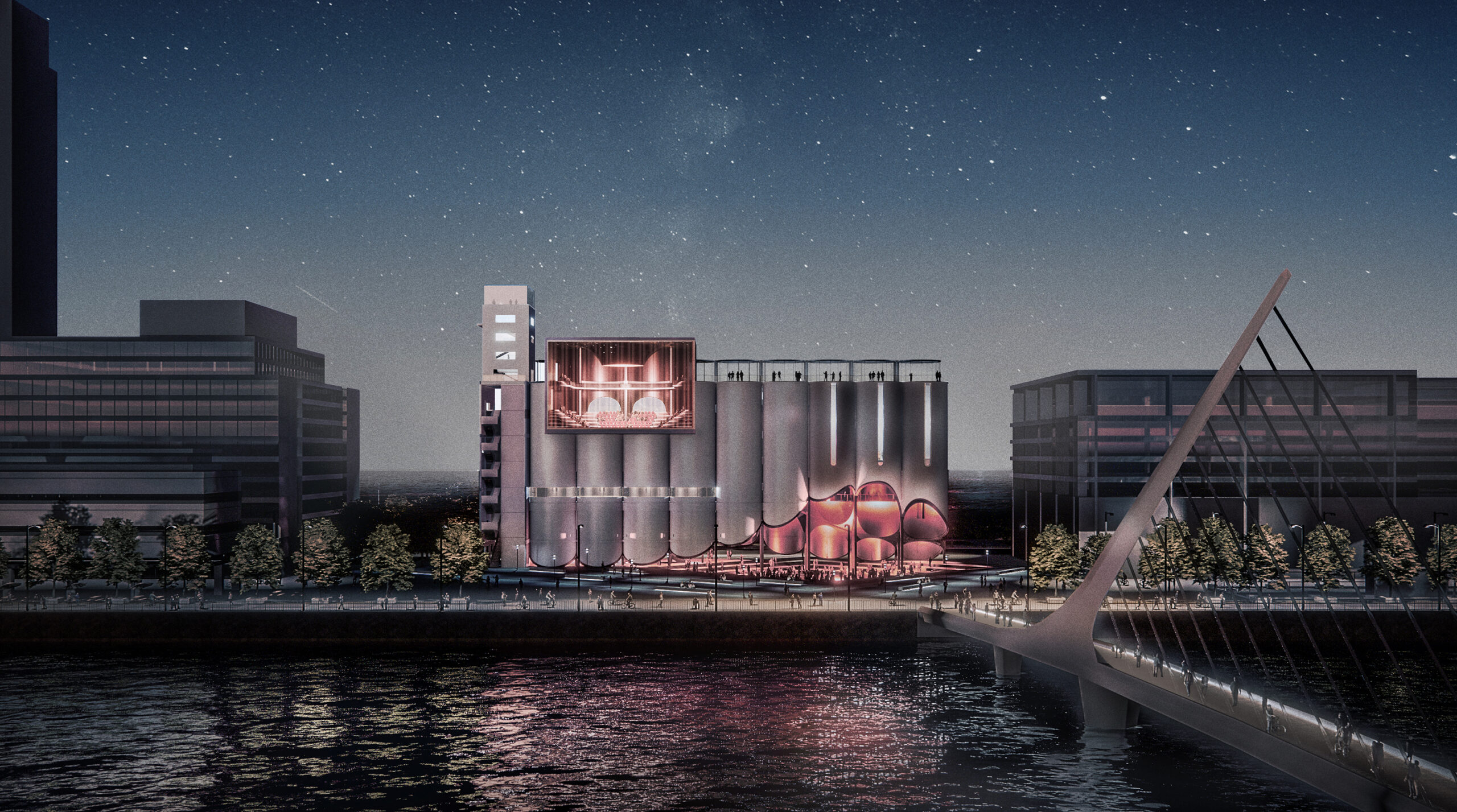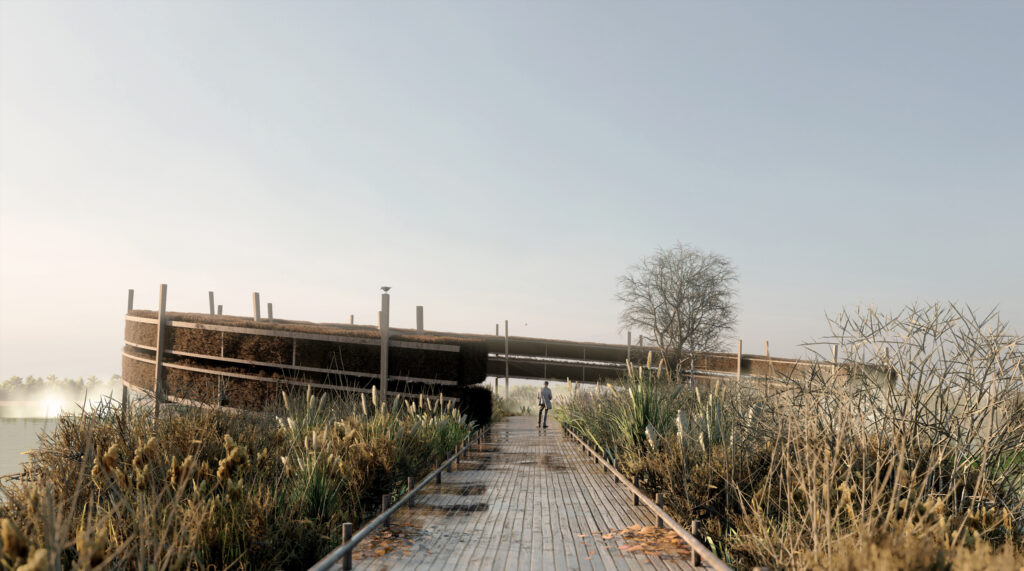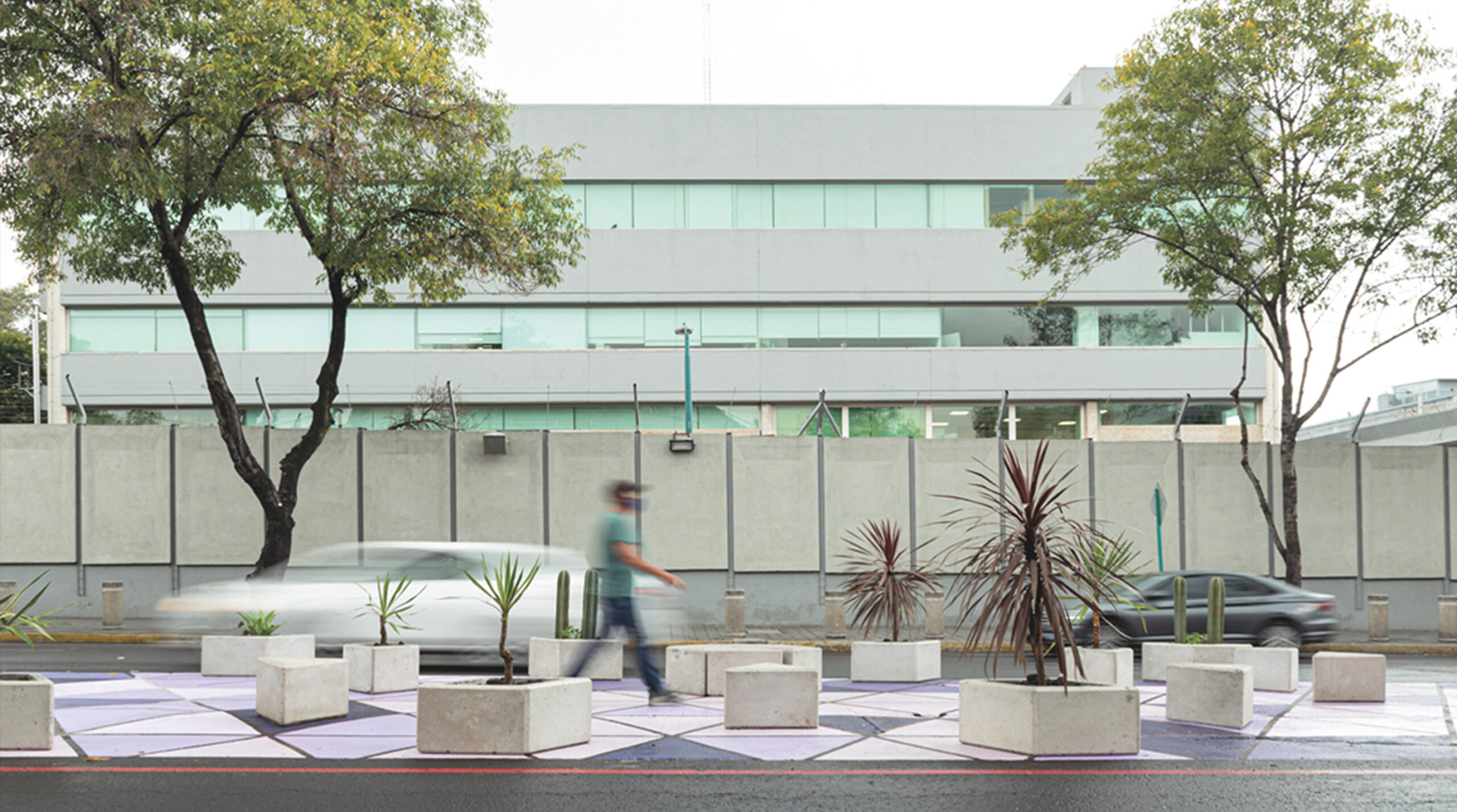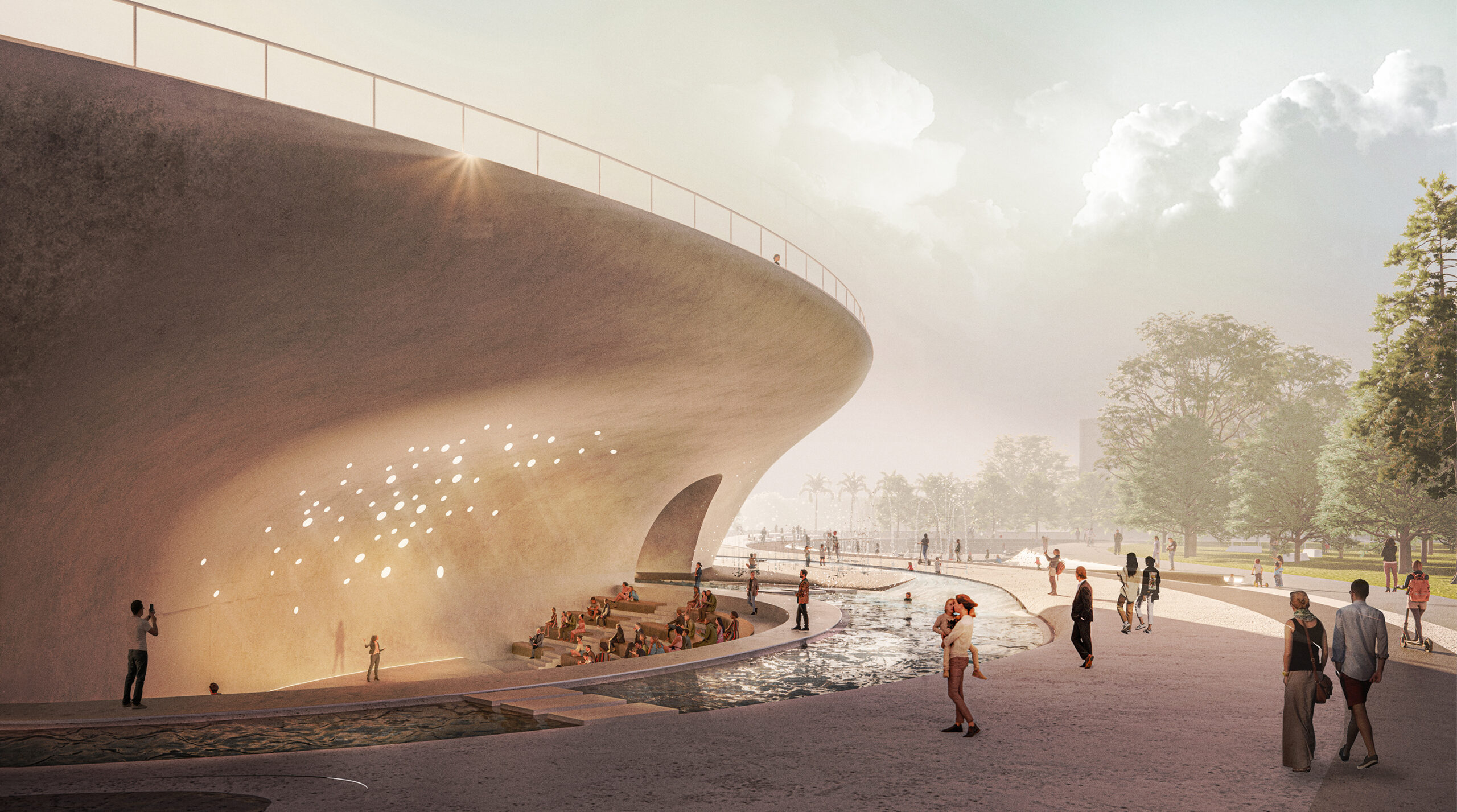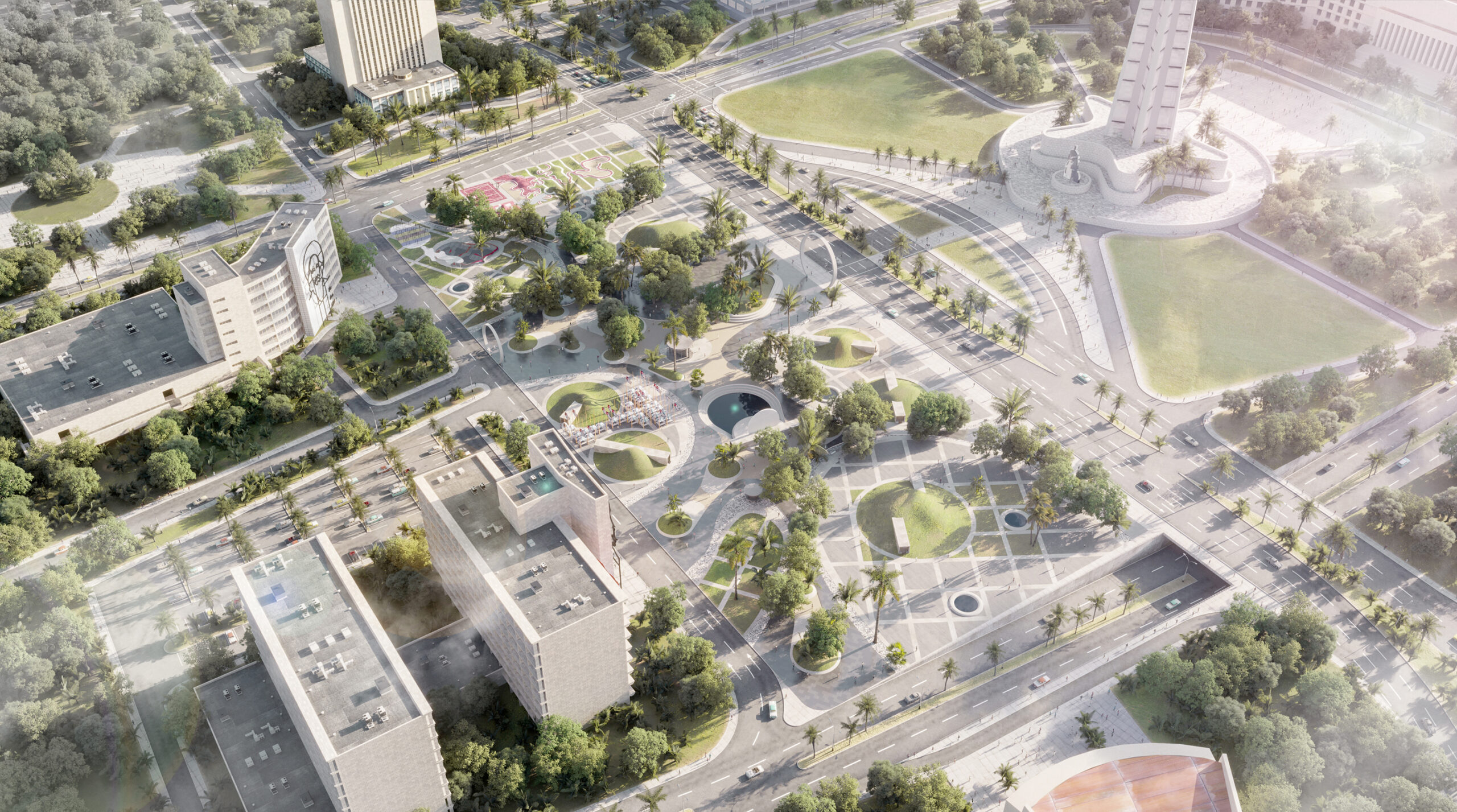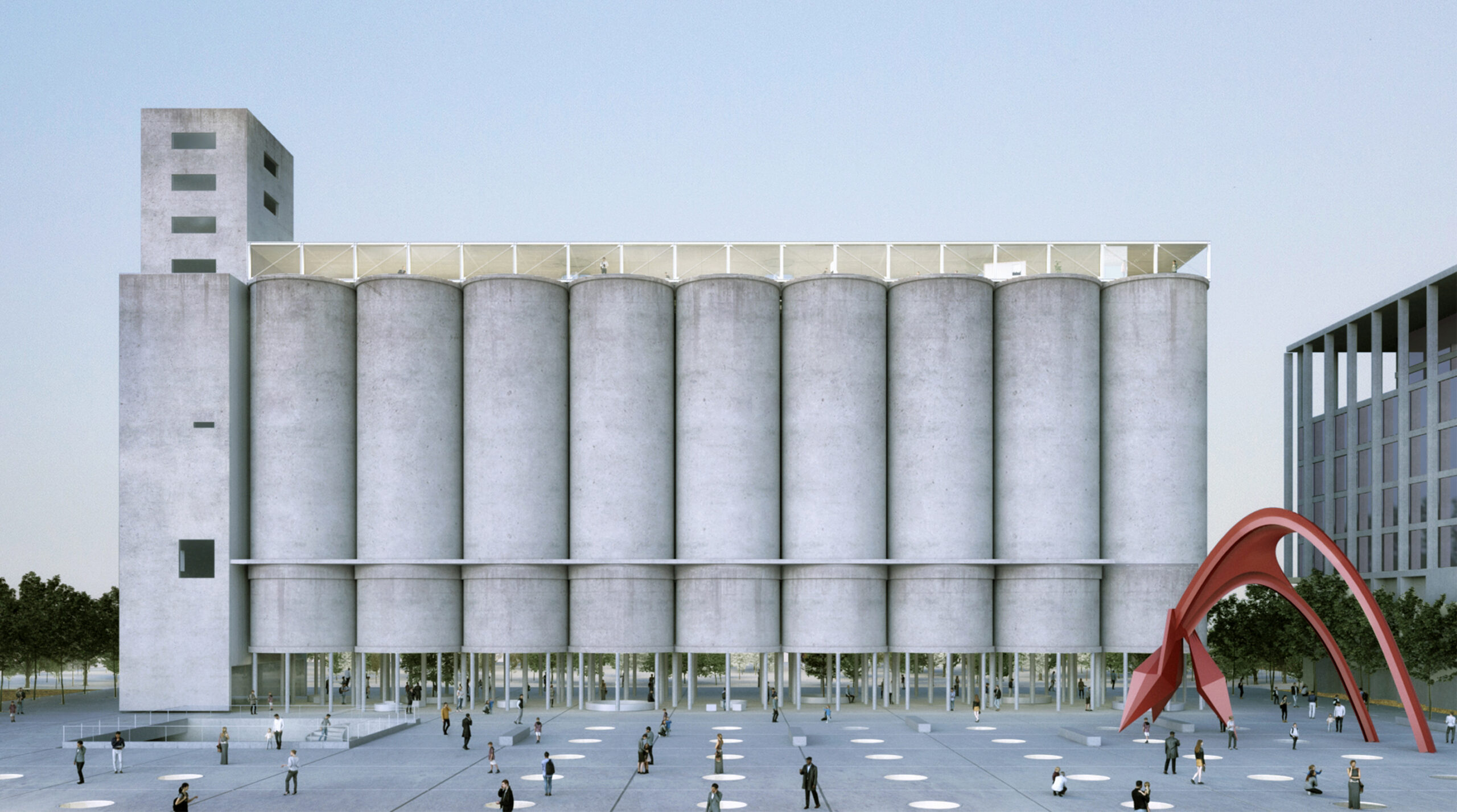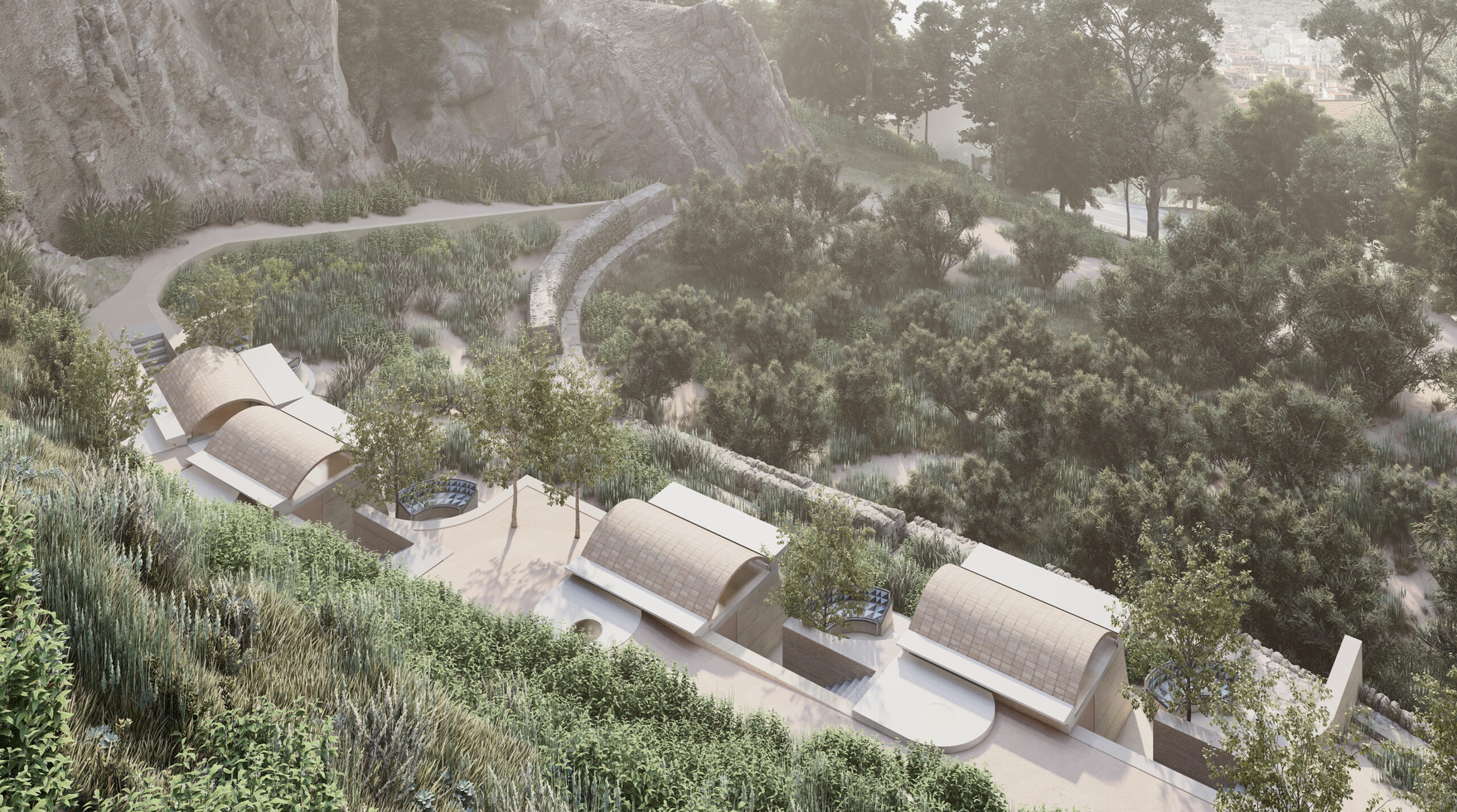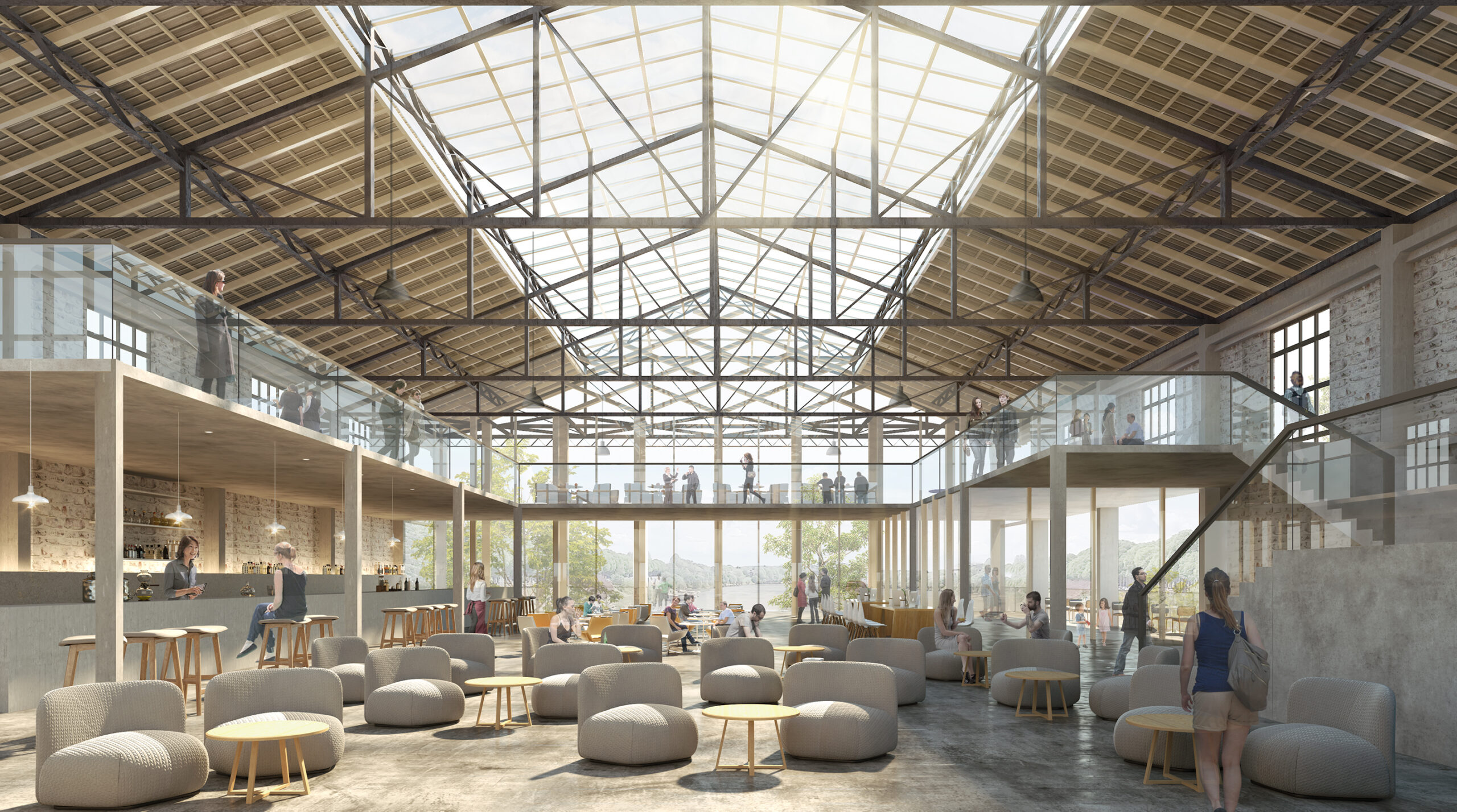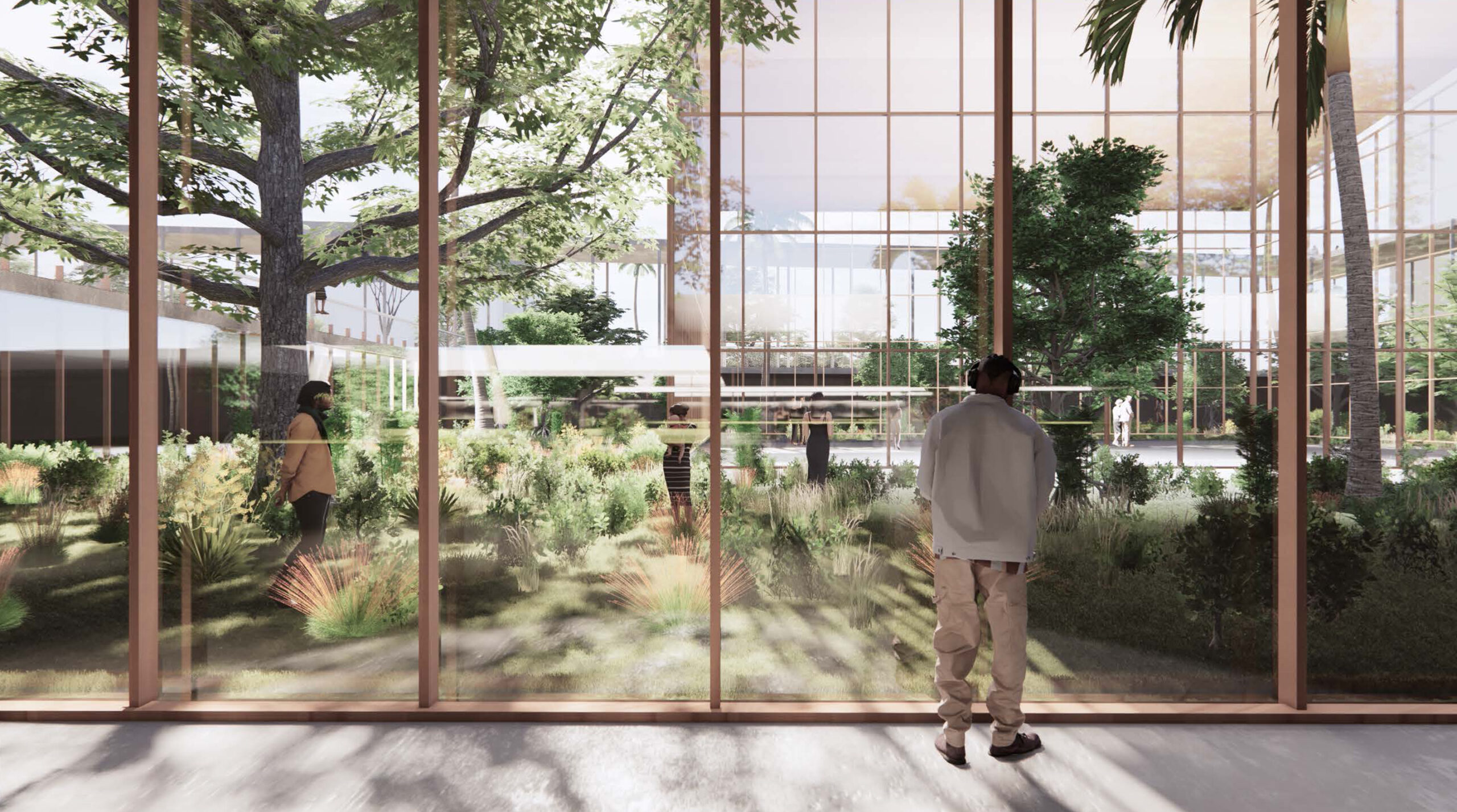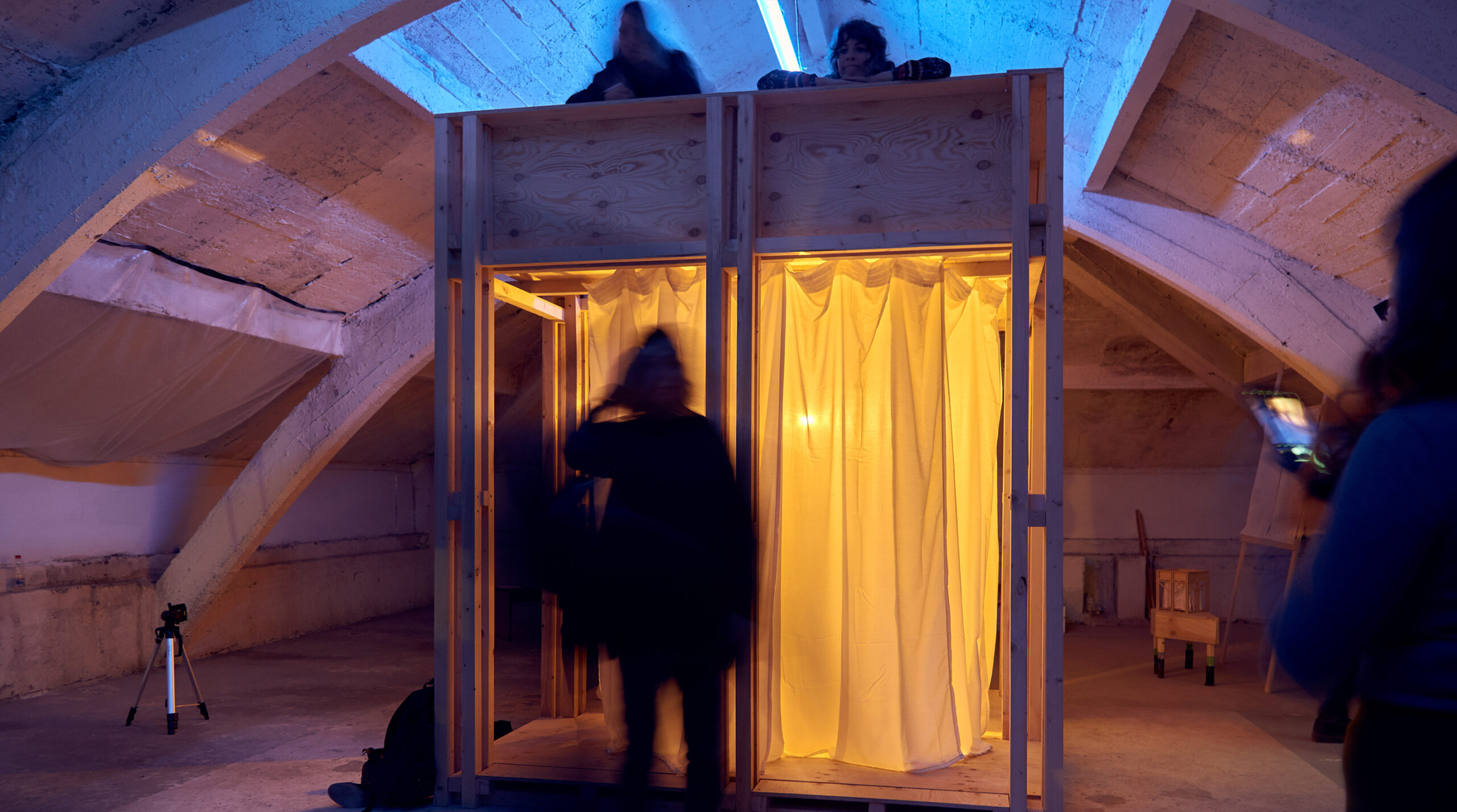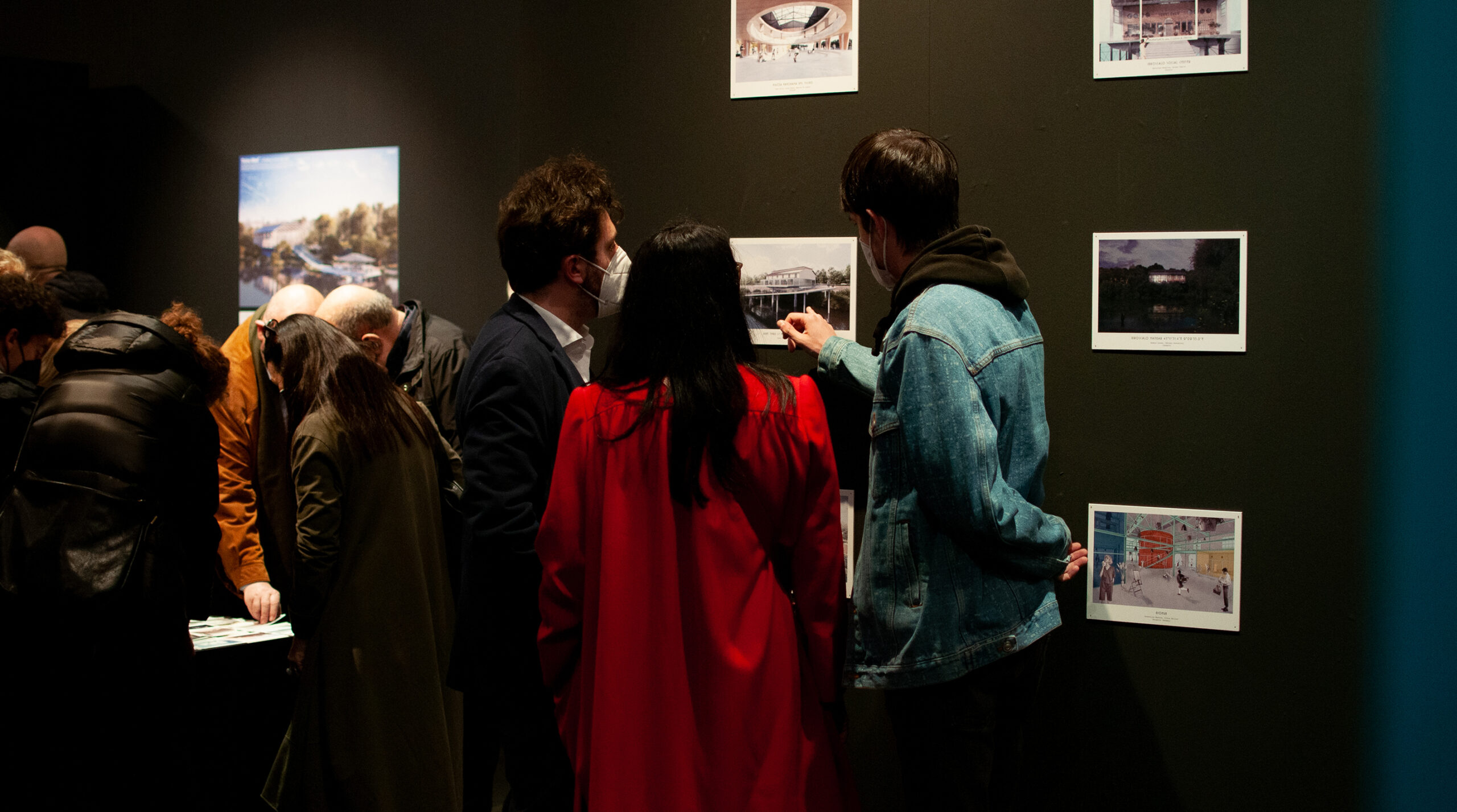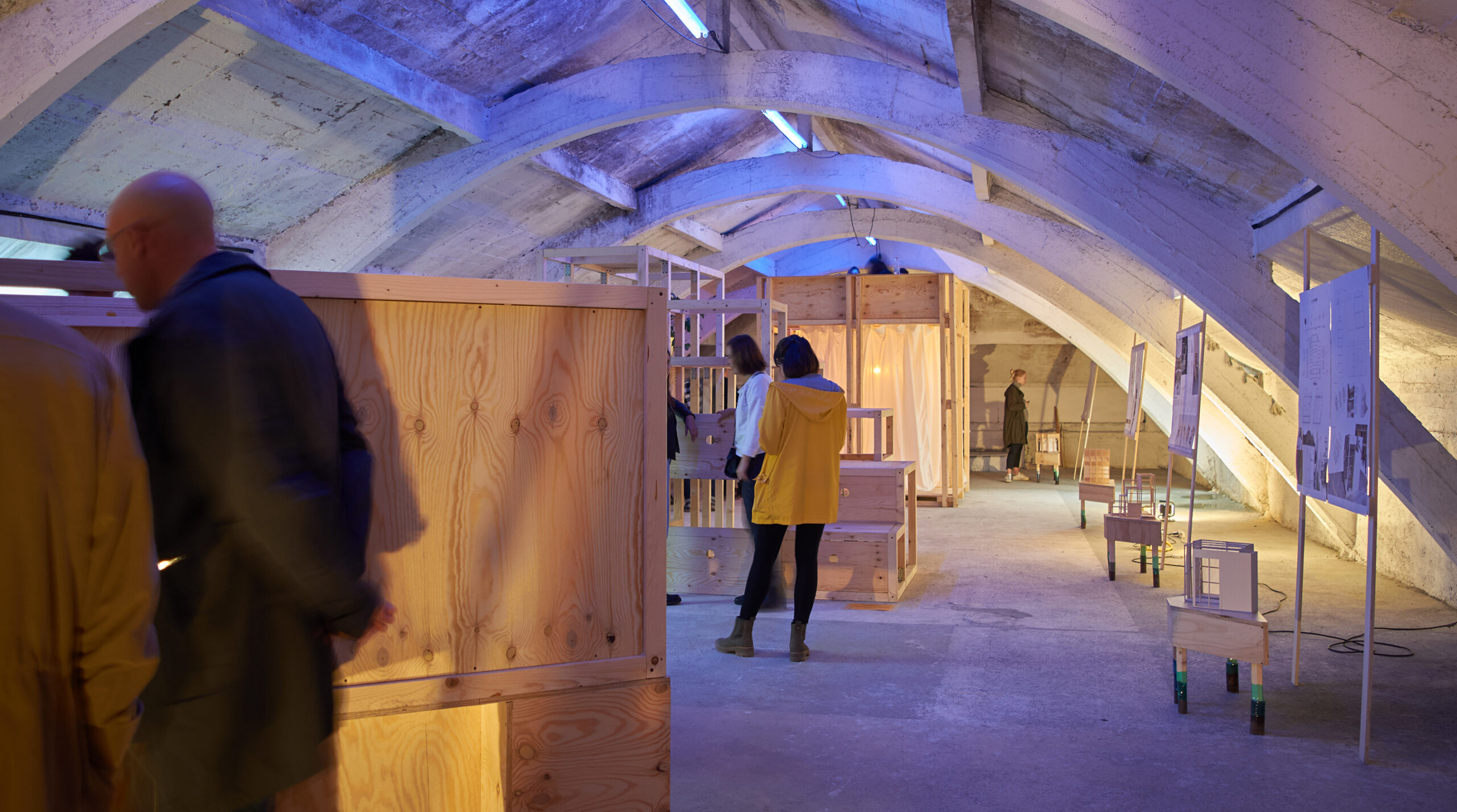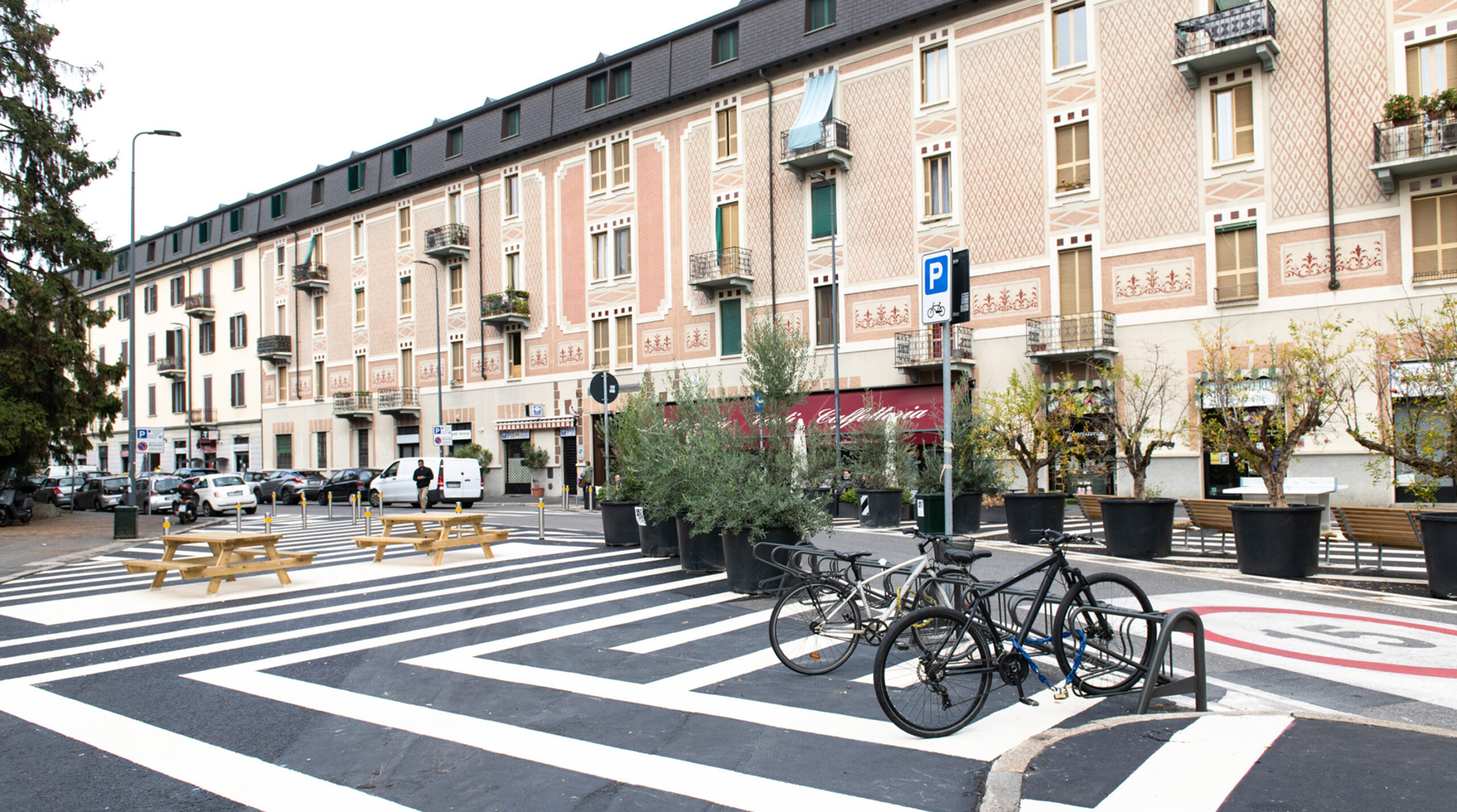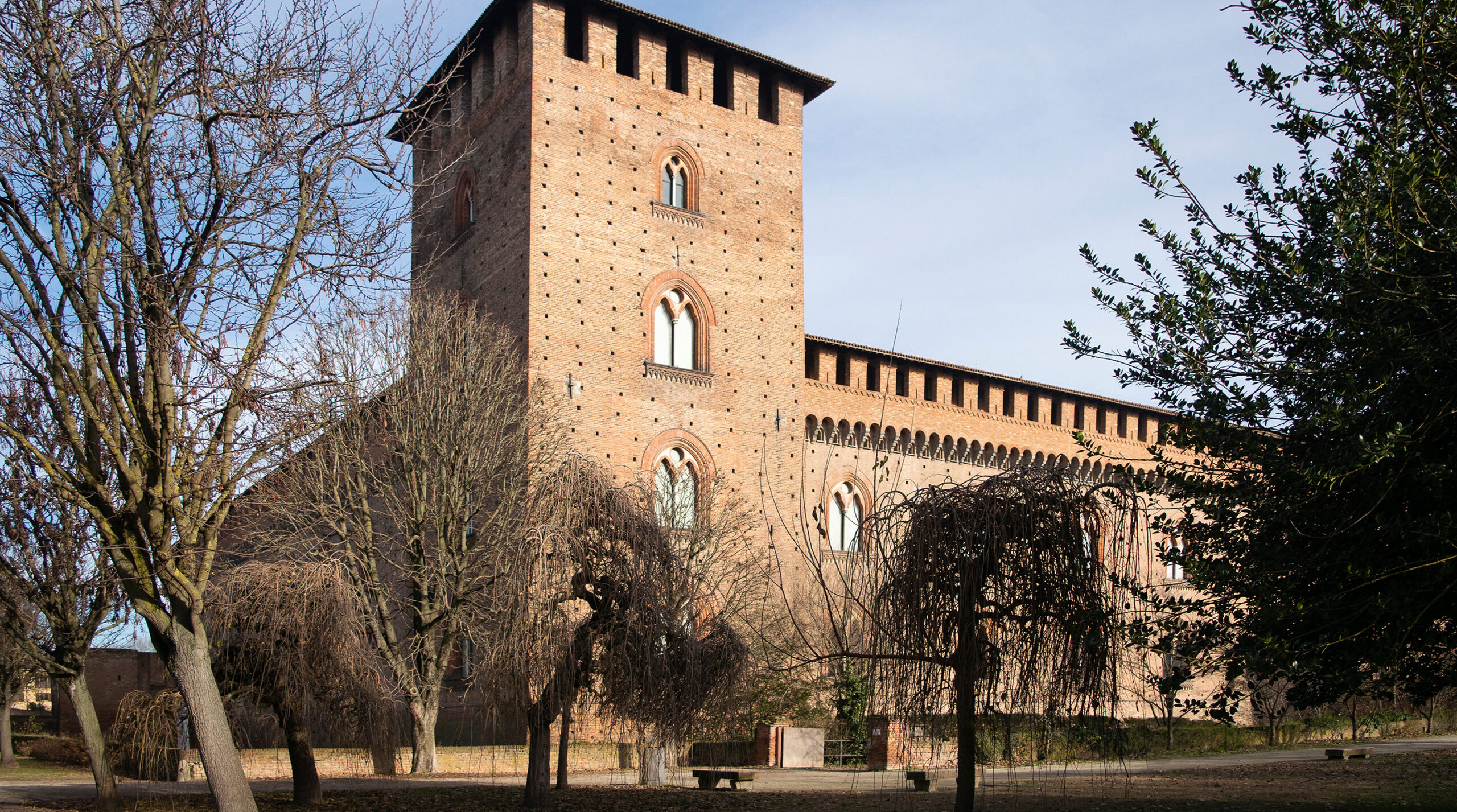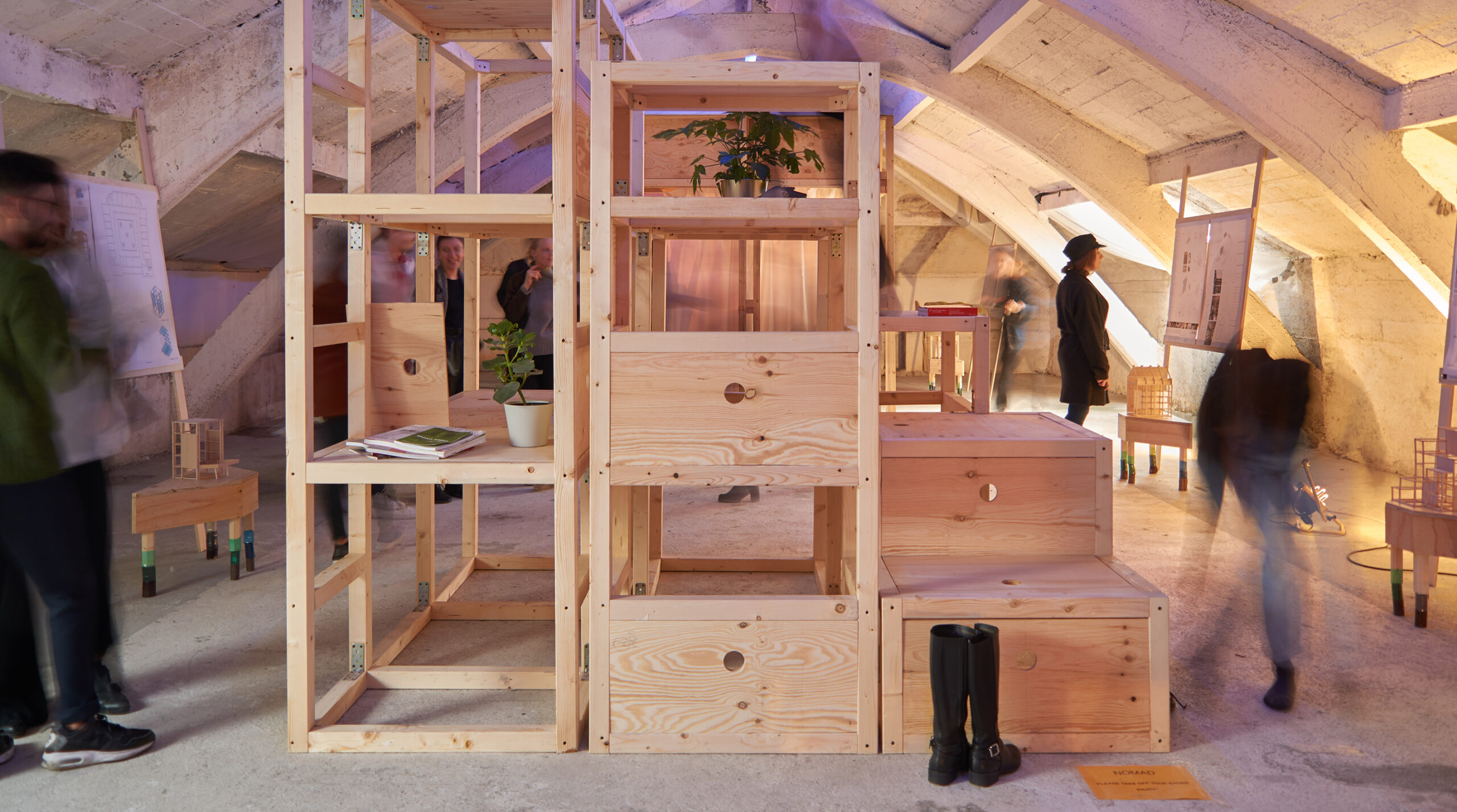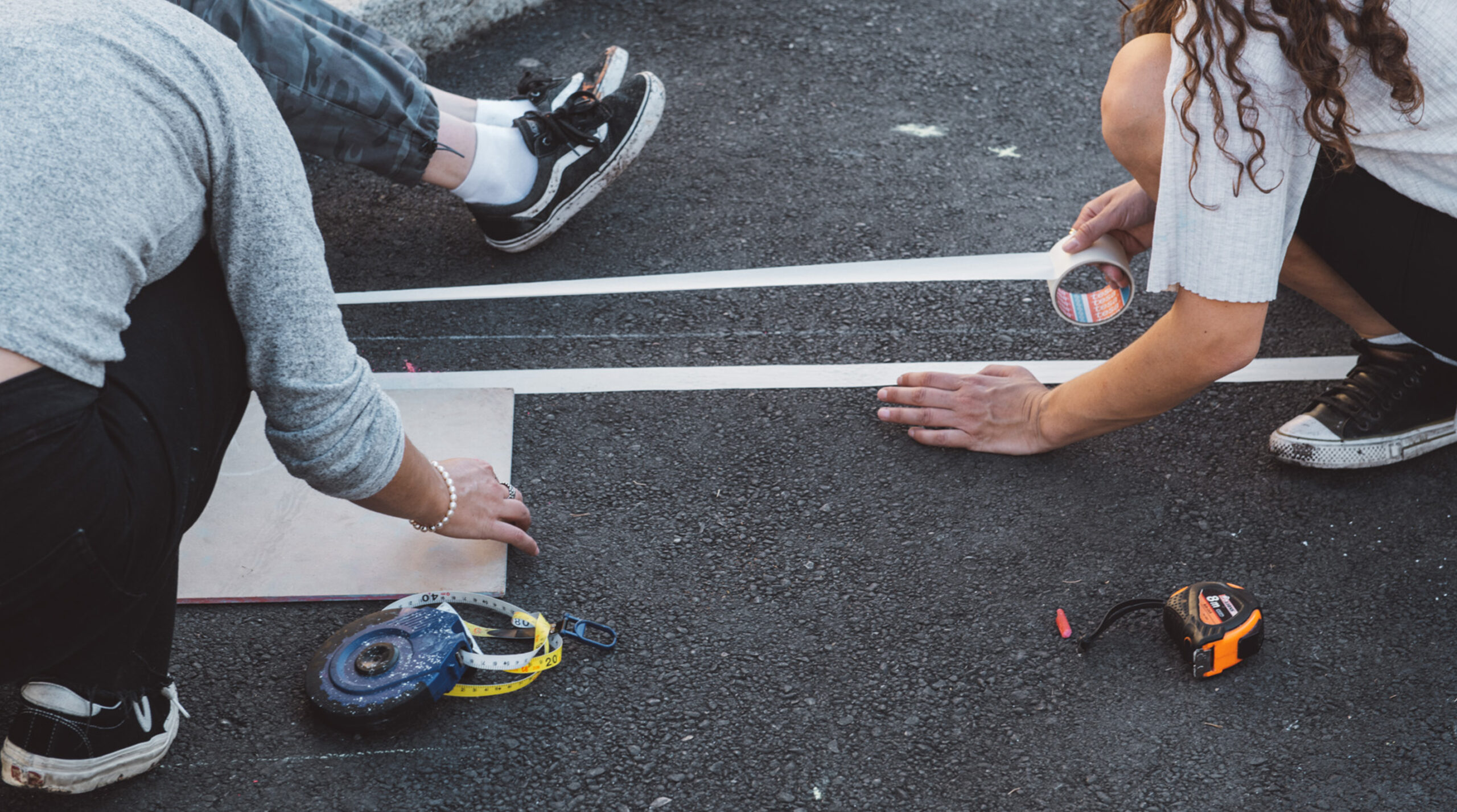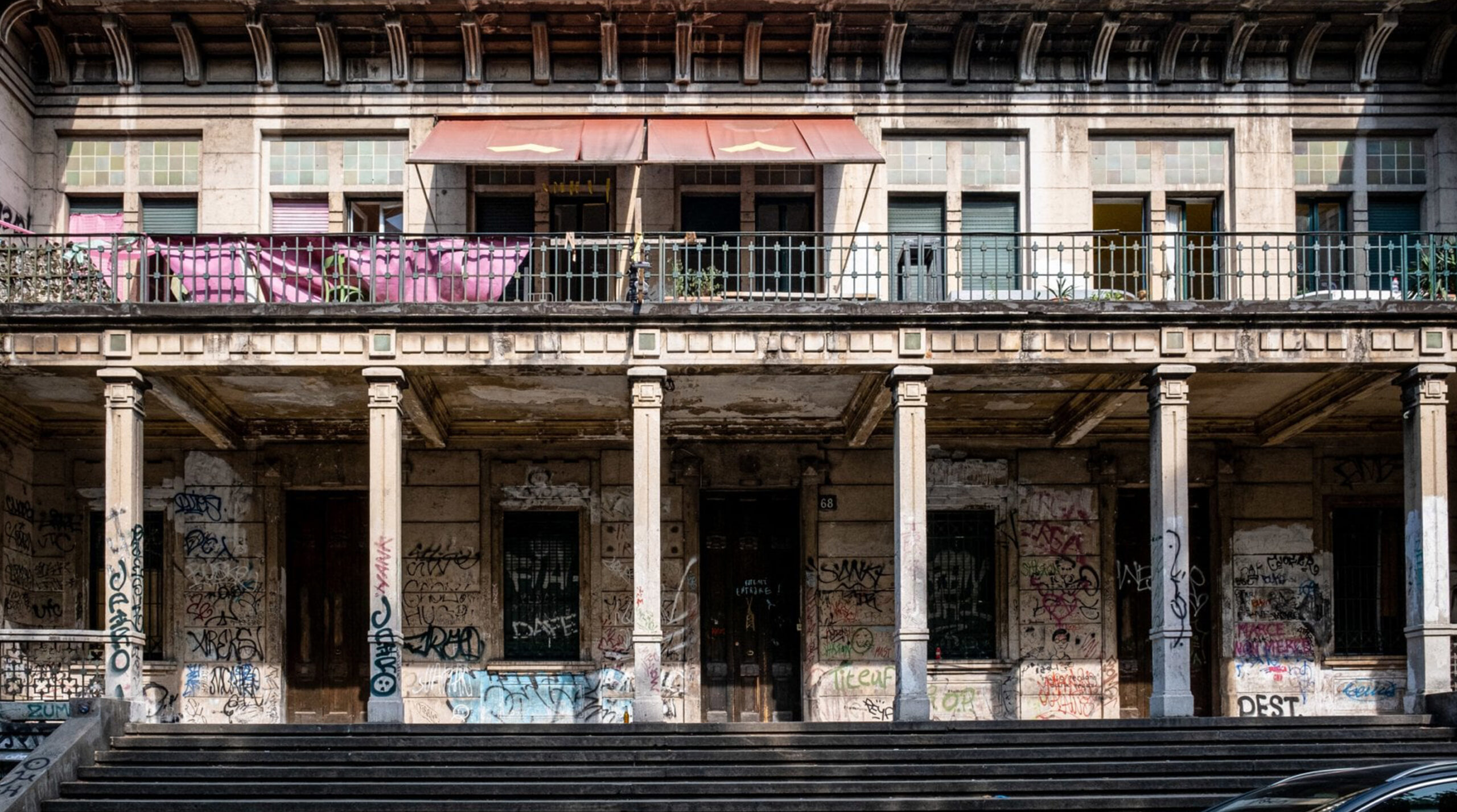NEW COMPETITION | 30.000 € IN PRIZES
NEW COMPETITION
30.000 € IN PRIZES
Lighthouse Hotel
TerraViva is a Platform dedicated to the organisation of international Architecture Competitions
TerraViva connects the most talented architects around the world with partners and stakeholders looking for high quality projects to rehabilitate a building, to redesign an urban plot or even to transform a whole district.
We promote the best architecture challenges making them accessible to every designer in the world, boosting innovative practices focused on environmental and social sustainability.
50K
Architects active on
TerraViva’s platform
80+
Participants coming from
over eighty countries
7K
Projects received by
TerraViva until today
Latest News
Book Pre-Order PROMO
TerraViva Chronicles
Explore the best projects and the most significant proposals from our contests in the first volume of TerraViva Chronicles. Order your copy today and take advantage of the benefits reserved only for early customers.
Open Competitions
COMPETITION OPEN
Living Ruins
Participants will work on the design of an open-air museum and a visitor centre immersed in the suggestive Mediterranean landscape of the abandoned village of Kayaköy (Turkey).
Prizes: 7.000€
Location: Kayaköy, Turkey
Deadline: 22.11.2024
COMPETITION OPEN
Nautical Club Ohrid
Participants are invited to submit innovative adaptive-reuse projects focused on the “Youth Union Summer Retreat” building in Ohrid, envisioning how this 70+ years old modern heritage could serve the needs of a contemporary lake-club.
Prizes: 7.000€
Location: Ohrid, North Macedonia
Deadline: 18.10.2024
COMPETITION OPEN
Brise-Vent Havre
Prizes: 7.000€
Location: Le Havre, France
Deadline: 13.09.2024
COMPETITION OPEN
Lighthouse Hotel
Aiming to imagine a new life for this evocative building in ruins, the competition requires the design of a boutique hotel within the abandoned lighthouse overlooking the crystalline sea of the Tremiti Islands.
Prizes: 30.000€
Location: Tremiti Islands, Italy
Deadline: 06.09.2024
EVALUATION PHASE
Banaue Lodge
This new architecture contest aims to design small scale accommodation structures that allow the most curious backpackers to immerse themselves in a 360-degree experience within the Banaue Rice Terraces.
Prizes: 5.000€
Location: Banaue, Philippines
Deadline: 05.07.2024
Building a Sustainable Future: exploring the best of TerraViva's Awarded Projects
Architecture competitions provide a unique opportunity for designers to explore new ideas and to push the boundaries of their profession. These kind of creative tenders bring together the best and brightest minds in the architecture field, inspiring innovative approaches towards the most relevant design subjects.
TerraViva's mission is to stimulate its community of architects to manage the upcoming urban issues with a strategic vision, highlighting the importance of conceiving resilient cities with sustainable human-scaled environments.
Dealing with topics such as architectural heritage, low-impact construction, adaptive reuse and smart districts, TerraViva organises the most appealing competitions addressing urban regeneration in a creative and innovative way.
Beyond Competitions: TerraViva promotes a wide range of Exhibitions and Workshops
In addition to architecture tenders, TerraViva offers its participants the possibility of showcasing their projects and implementing ideas through a series of exhibitions and workshops. These initiatives work as a stage for international designers to share their proposals with a global audience, gaining recognition within the architecture community.
TerraViva’s projects may vary significantly in scope, size, location and program. However, they all share the common goal of rethinking the creative act of architectural design with an innovative and contemporary approach.
They talk about us






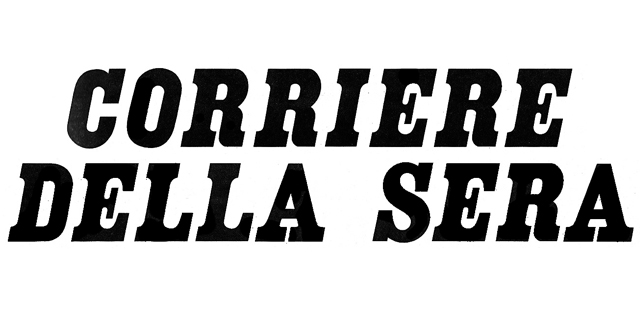



In the press section it is possible to browse all the articles and publications dedicated to TerraViva’s initiatives, highlighting both the awarded projects and the new competitions launched on our platform.
The global media coverage of our tenders allows participants and partners to enjoy wide visibility within the fields of architecture and design.
Accelerated by
B4i selects the most innovative ideas and the startups with the greatest potential to help them grow and succeed by investing the experience, knowledge, time and resources of the wider Bocconi community.
Contact
TerraViva S.r.l.
Via Vallazze 109 – 20131 Milano MI
Email:
info@terravivacompetitions.com
Newsletter:
Subscribe
